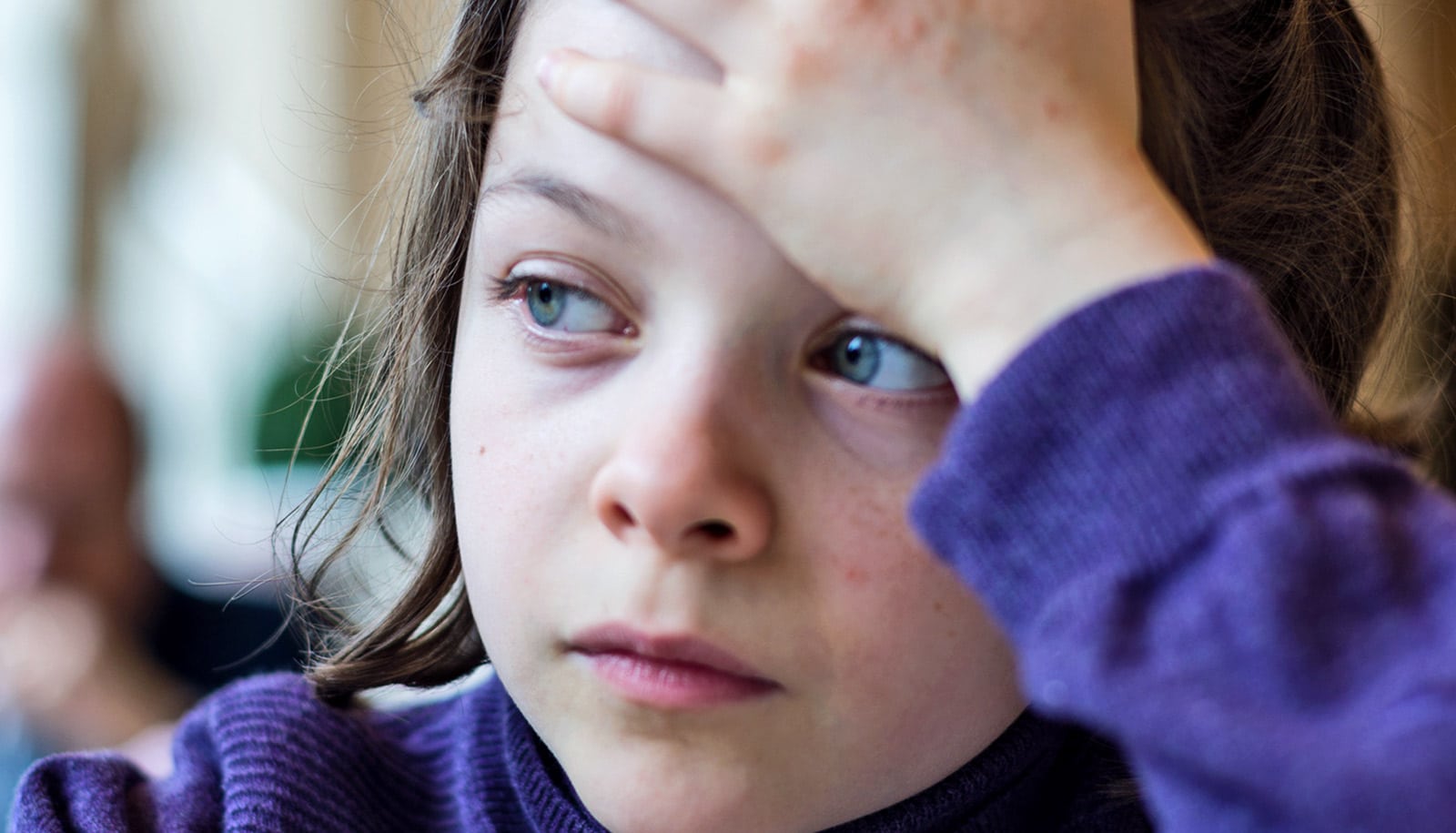Social adversity in childhood increases the risk of premature death in early adulthood, according to a new study of one million Danish children.
The study finds that children who have experienced repeated serious adversity such as losing a parent, mental illness in the family, poverty, or being placed in foster care have a 4.5 times higher risk of dying in early adulthood than children who have not experienced adversity during childhood.
In many ways, our childhood lays the foundation of our health in adult life. It is central to our physical and cognitive development. Disturbing this development may have long-term consequences for our physical and mental health later in life.
“We divided the children into five groups depending on the degree of adversity experienced in childhood. The more stressful experiences they have experienced during childhood, the higher the mortality rate in early adulthood. For the most vulnerable children, the mortality rate is surprisingly 4.5 times higher,” says Naja Hulvej Rod, professor in the public health department at the University of Copenhagen.
- Group 1: 54% of the children experienced no or only very few isolated incidents of adversity in childhood.
- Groups 2-4: 43% of the children experienced isolated incidents of adversity in childhood, mainly related to poverty or illness in the family. Here the researchers found a mortality rate in early adulthood that is 1.3-1.8 times higher than in Group 1.
- Group 5: 3% experienced great social and stressful adversity throughout childhood. In this group, the mortality rate is 4.5 times higher than in Group 1.
The higher mortality rate in early adults (16 to 36 years of age) mainly manifests itself in suicide and accidents, but the findings also show a higher risk of dying from cancer in this group.
The findings highlight the critical importance of broad structural public-health initiatives to reduce stressful adversity in childhood, the researchers say. For example, preventing childhood poverty and other adversity in childhood may, in time, help reduce social inequality in health.
“It is striking to see such a strong connection between adversity in childhood and mortality in the Danish welfare state, which among other things aims to promote financial stability among families with young children and to minimize social adversity,” says Hulvej Rod. “From an international perspective, you may worry that these associations are even stronger in a less extensive welfare system.”
The size of the study made it possible for the researchers to study the associations between incidents of social and stressful adversity throughout childhood and how it affects mortality rates among young adults.
The researchers defined social adversity as financial poverty or long-term unemployment in the family and stressful adversity as the death of a parent, divorce, or alcohol/drug abuse among the parents.
The study appears in The Lancet.
Source: University of Copenhagen


